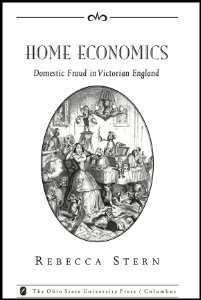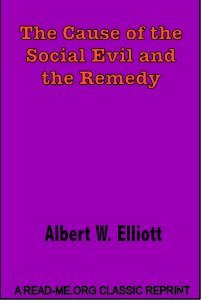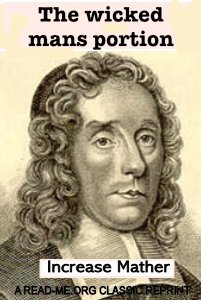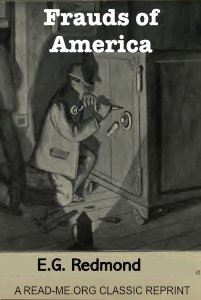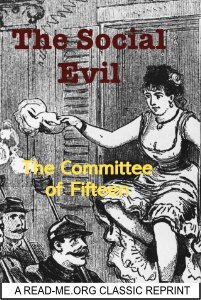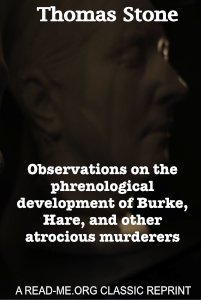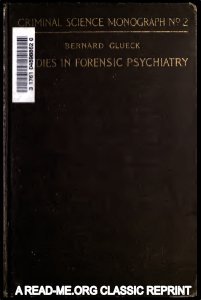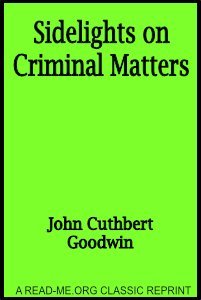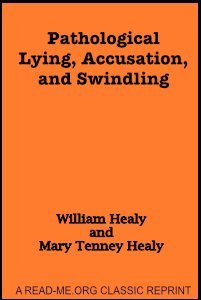R. Pena Gonzalez.
This study explores contexts of disorder and crisis, in which criminal actors gain legitimacy. By affirming that criminal groups are already social agents, this research argues that they gain political legitimacy to the extent that criminal groups engage in an authority-building process. Thus, it focuses on two instances in which criminal groups launched campaigns— or at least engaged in planned activities— in order to gain political and social legitimacy. La Familia Michoacana (LFM) and Los Caballeros Templarios (LCT) de Michoacán in Mexico, on the one hand, and Cosa Nostra (CN) in Italy, on the other, offer rich and instructive cases to examine. Precisely, the research asks for how these groups seek to forge legitimacy, as well as for what are their strategies for that purpose. The research opens two avenues of conceptual discussion.
Leiden: Leiden University 2020. 265p.



